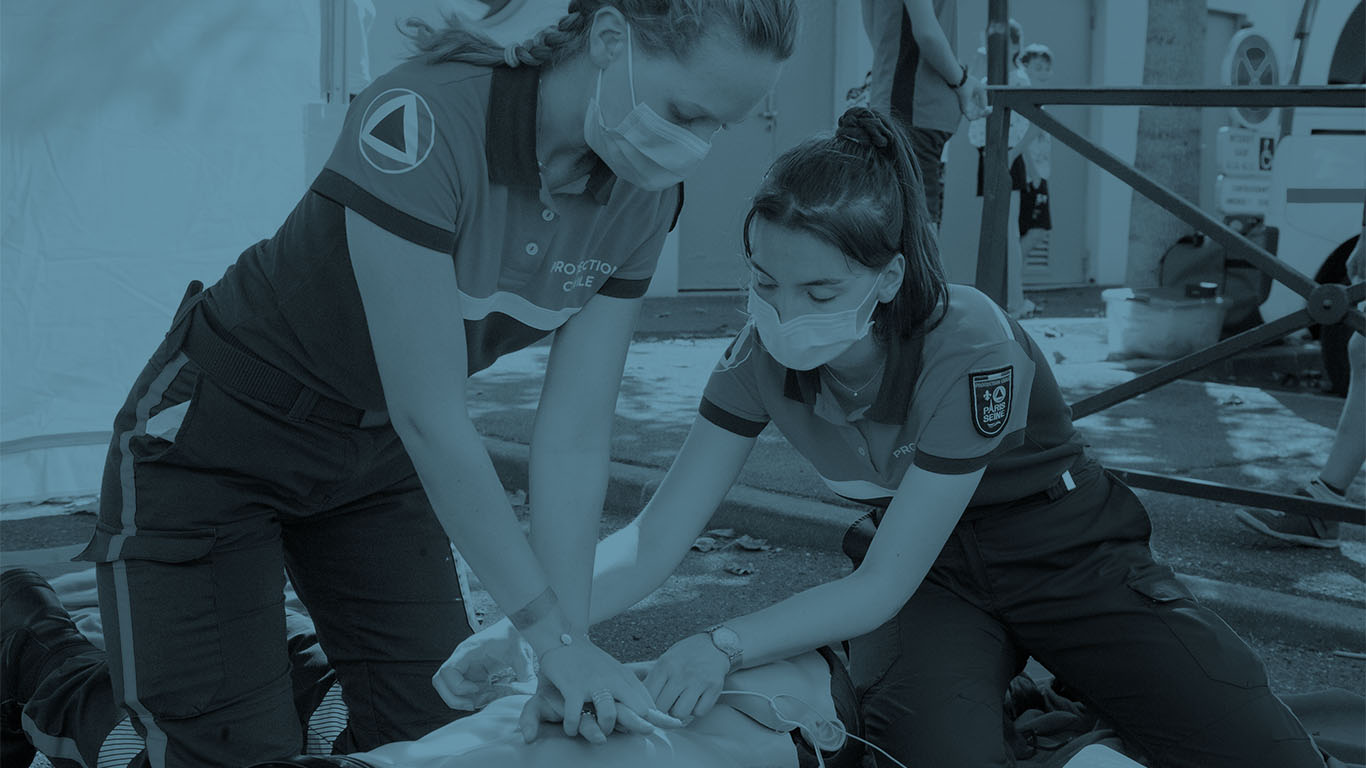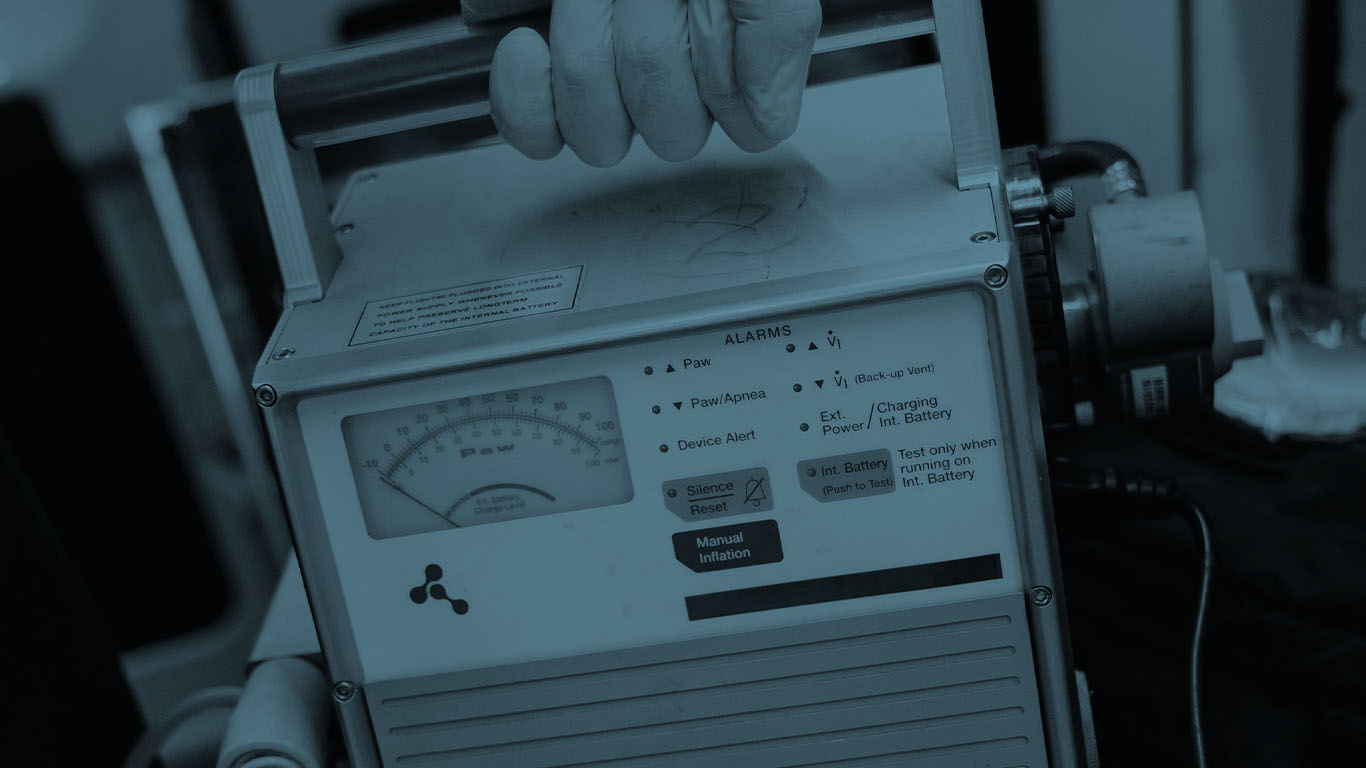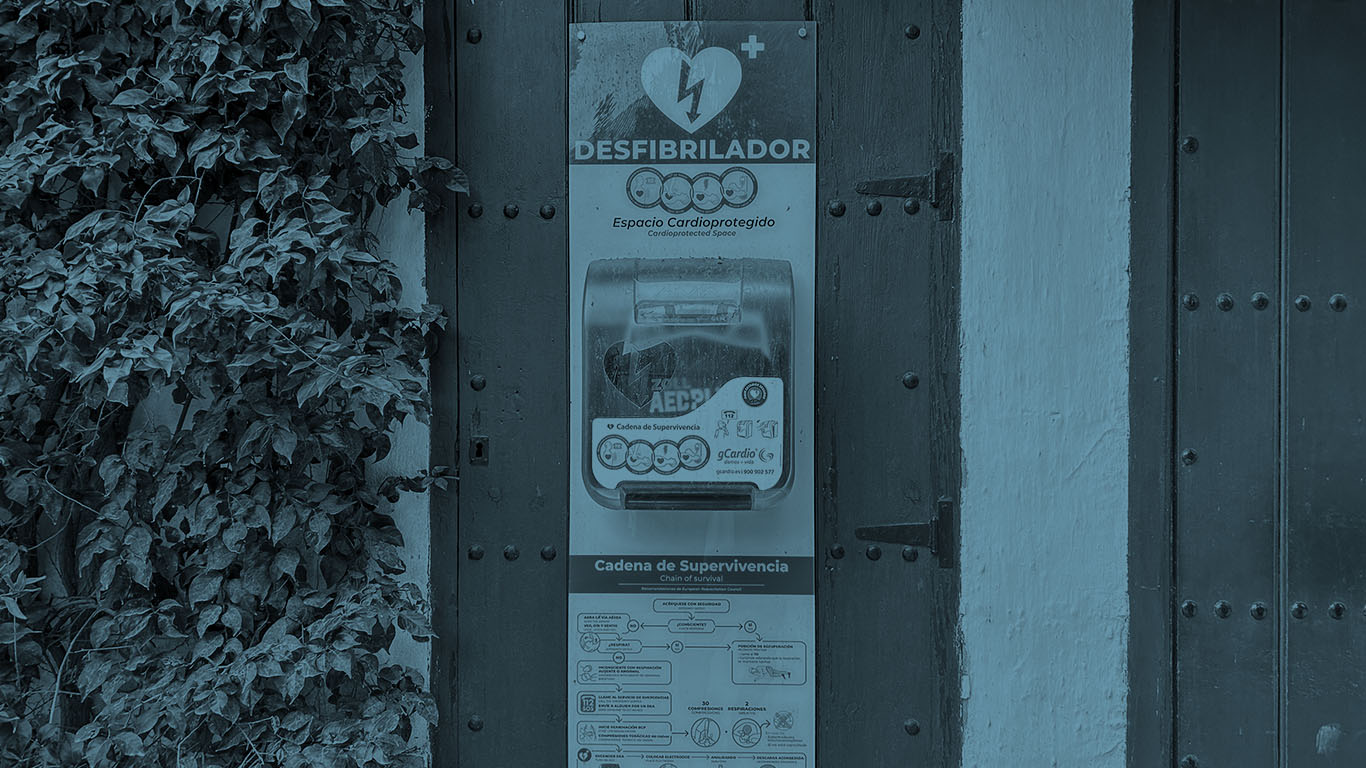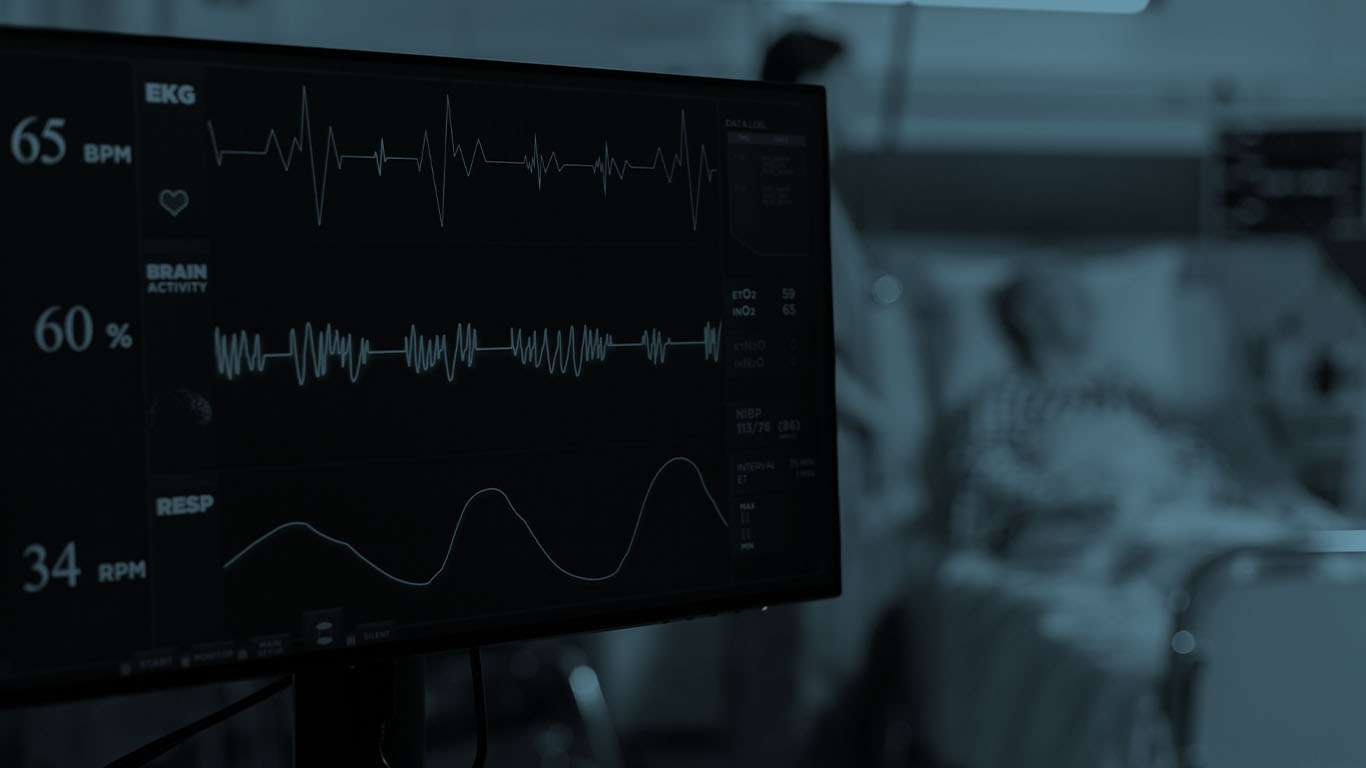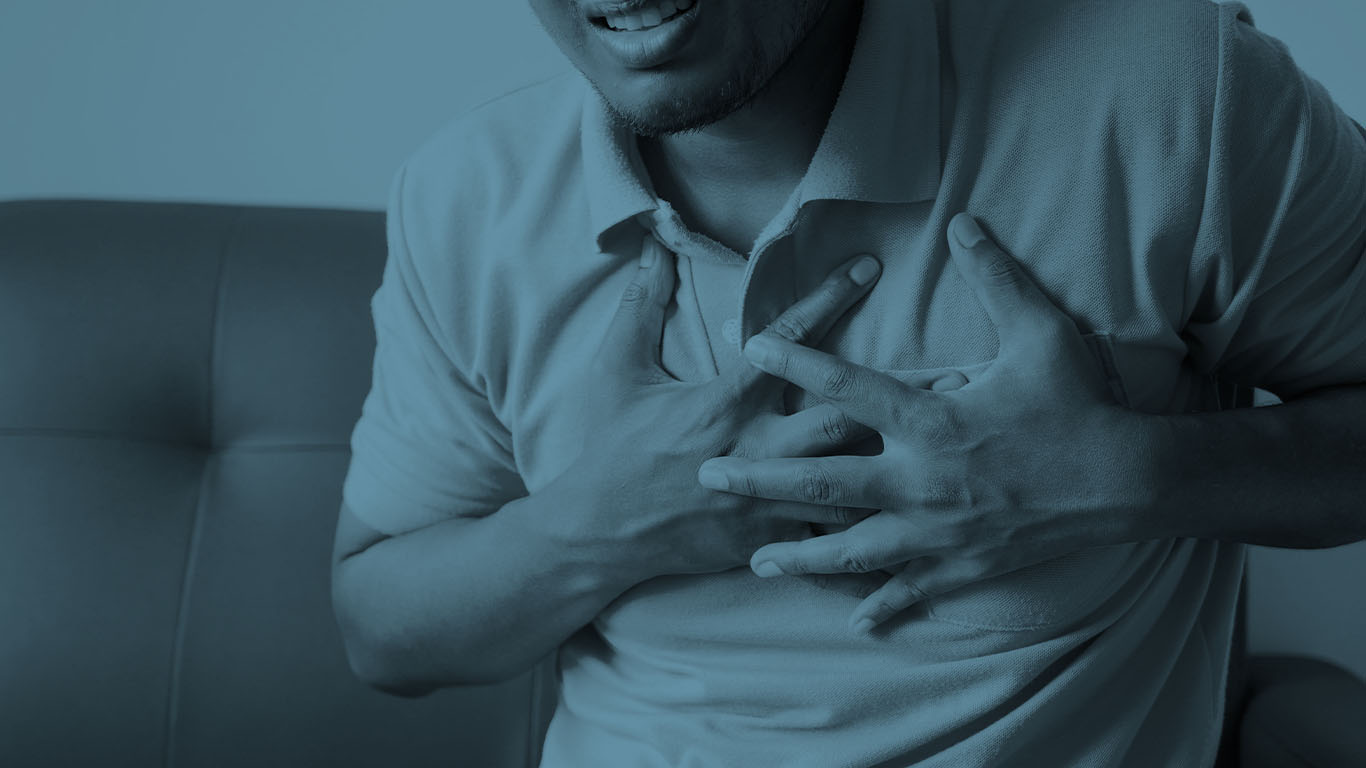Abstract
Background: The use of public-access automated external defibrillators (AEDs) has become common in Japan. To provide a strategy for appropriate public-access AED deployment, we assessed public-access defibrillation (PAD) by laypersons and the outcomes following out-of-hospital cardiac arrest (OHCA) among adult patients by location of arrest.
Methods: From a nationwide, prospective, population-based registry of patients after OHCA in Japan, we enrolled adult patients with bystander-witnessed OHCA of medical origin in public locations between 2013 and 2015. The primary outcome measure was one-month favorable neurological outcome defined by cerebral performance category 1 or 2. Factors associated with favorable neurological outcome after ventricular fibrillation (VF) were assessed by multivariable logistic regression analysis.
Results: A total of 20,970 adult bystander-witnessed OHCAs of medical origin occurred in public locations. Of those, the proportions of PAD by location were: 13.1% (757/5761) in public areas, 15.9% (333/2089) at workplaces, 26.0% (544/2095) in recreation/sports areas, 36.1% (112/310) in educational institutions, and 5.8% (241/4151) on streets/highways. In a multivariable analysis of VF arrests, both bystander cardiopulmonary resuscitation [adjusted odds ratio (AOR), 1.78; 95% confidence interval (CI), 1.54-2.07] and PAD (AOR, 2.33; 95% CI, 2.05-2.66), and emergency medical service (EMS) response time (AOR, 0.89; 95% CI, 0.87-0.90) were associated with improved outcomes. Earlier PAD initiated by bystanders before EMS arrival was also associated with better outcomes after OHCA.
Conclusions: In Japan, where public-access AEDs are well-disseminated, the PAD program worked effectively for adult OHCA of medical origin occurring in public locations. Notably, the proportions of PAD differed substantially according to specific public locations.
Full article;




